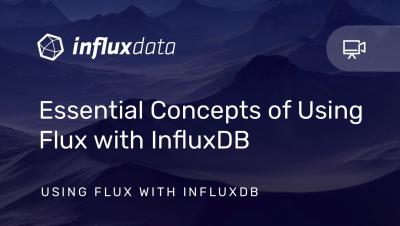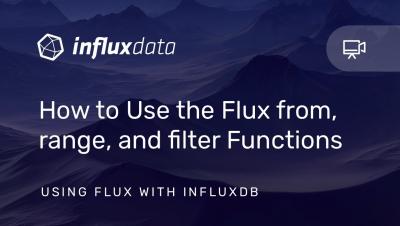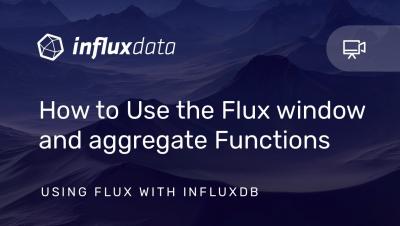Scaling Kubernetes Deployments with InfluxDB & Flux
This article was written by InfluxDB Community member and InfluxAce David McKay. Eighteen hours ago, I was meeting with some colleagues to discuss our Kubernetes initiatives and grand plan for improving the integrations and support for InfluxDB running on Kubernetes. During this meeting, I laid out what I felt was missing for InfluxDB to really shine on Kubernetes.





